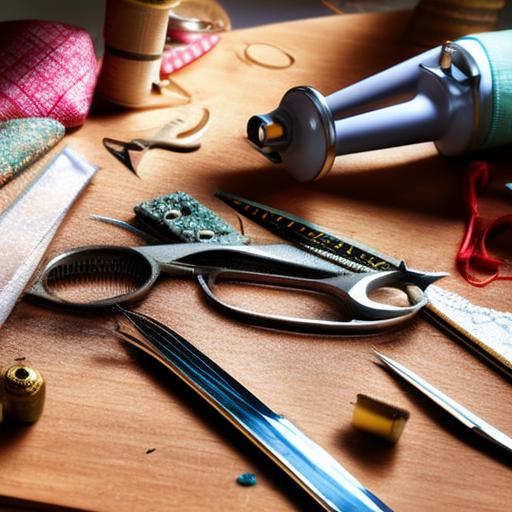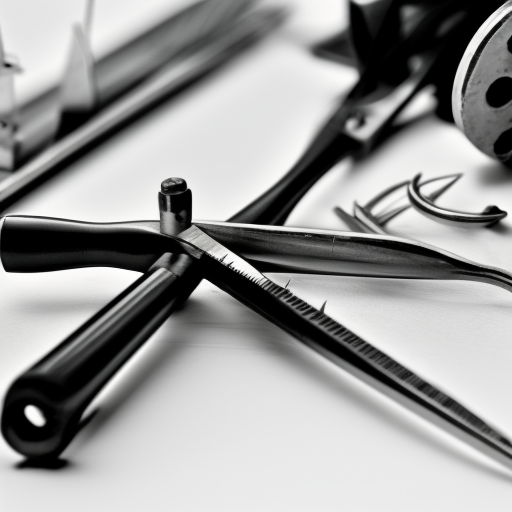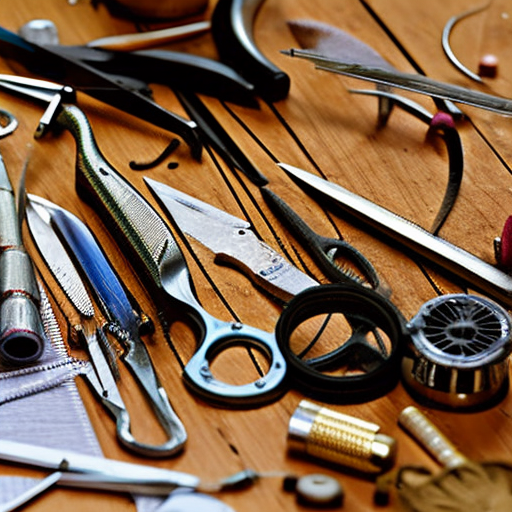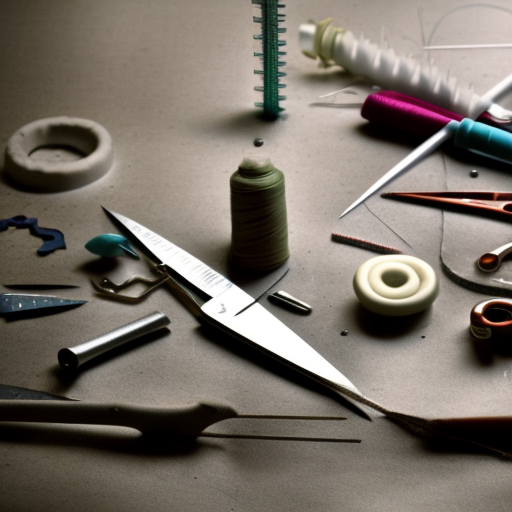Sewing machines are a vital tool for any seamstress or crafter. However, like any machine, they can sometimes experience technical difficulties. Whether you’re a beginner or an experienced sewer, troubleshooting your sewing machine can save you time, frustration, and money. Below are some useful tips to help you troubleshoot common sewing machine problems.
No Power
If your sewing machine is not turning on at all, the first thing to check is the power source. Make sure that the machine is plugged in and that the outlet is working. If the outlet is not the issue, then check the power switch. It could be turned off or malfunctioning. Some sewing machines have a fuse that may need to be replaced. If none of these solutions work, the problem may be with the internal wiring, and it’s best to take it to a professional for repair.
Thread Tension Issues
Uneven or loose stitches can be a sign of incorrect thread tension. If your sewing machine has a manual tension adjustment, make sure it is set to the appropriate setting for the fabric and thread you are using. If your machine has an automatic tension adjustment, check to see if any debris or dust is affecting its function. It’s also important to use the correct type and weight of thread for your project.
Thread Breaking
One of the most common problems faced by sewers is the thread breaking. This can happen for various reasons, including incorrect threading, using the wrong needle, or a dull needle. Make sure you are threading the machine correctly according to the manufacturer’s instructions. Also, check your needle and replace it if it’s bent or dull. It’s also helpful to use a good quality thread and needle that is appropriate for the fabric you are using.
Jammed Machine
If your sewing machine is jammed, the first step is to turn off the power and remove the fabric and thread. Next, check the bobbin area for any tangled thread, lint, or debris. It’s essential to regularly clean and oil your machine to prevent build-up. If the problem persists, you may need to take your machine apart for a closer look.
Skipping Stitches
If your machine is skipping stitches, it could be due to a variety of reasons. The first thing to check is the needle. A bent or dull needle can cause skipped stitches. Make sure you are also using the correct needle for your fabric. Another common cause for skipped stitches is improper tension. Adjust the thread tension to see if that solves the issue.
Irregular Feed Dog Movement
The feed dogs are the tiny metal teeth that move your fabric through the machine. If you notice that the fabric is not being fed evenly, there could be a problem with the feed dogs. First, make sure they are raised and not in the darning or free-motion mode. If they are in the correct position, then there may be debris or lint stuck in the feed dog area that needs to be cleaned out.
Conclusion
Troubleshooting your sewing machine can seem daunting, but with these tips, you can easily identify and fix common problems. Regular maintenance and following manufacturer’s instructions can help prevent most issues from occurring. However, if you’re unable to troubleshoot the problem, it’s always best to take your machine to a professional for repairs. With proper care and attention, your sewing machine will continue to be a reliable tool for all your sewing needs.





Great article! This just saved me a lot of time.
Angela Garcia: Thank you for sharing this! It’s so helpful
Karen Miller: This is such a useful article! Always helps to have a few tips on hand when troubleshooting a sewing machine.